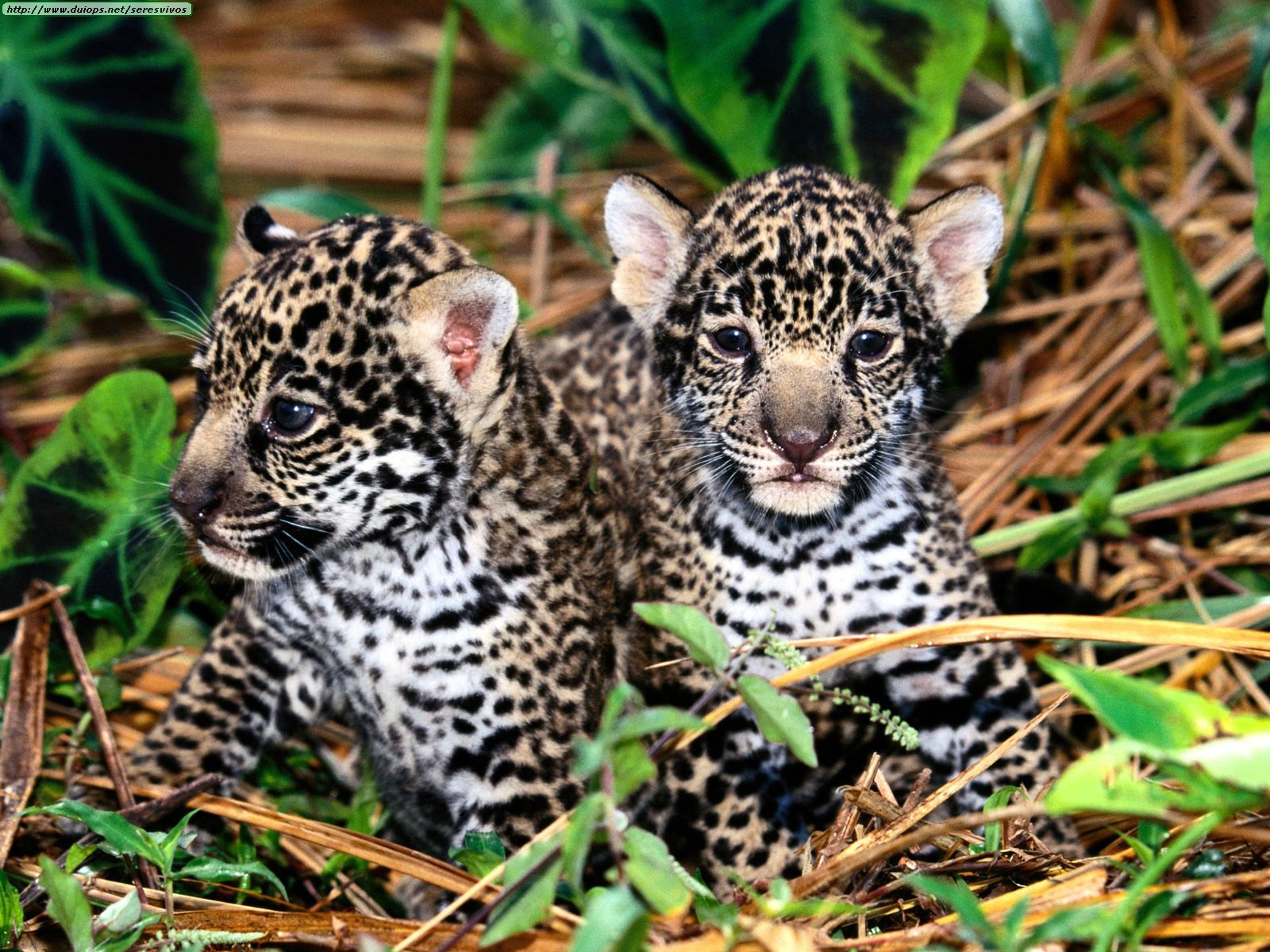
Today I was at the beach here in southern california, with my cousins and I found sand crabs. I decided to blog about it. First of all sand crabs never pinch or bite, they crawl around and tickle the hand when you hold them.
The best way to find a sand crab is when the ocean water is going back. You simply dig with your hands in the sand or use a sand shovel, and pick up a pile of sand. Make sure you pick up some water with the sand. The sand crab would be at the bottom of the pile close to your hand. You know that because you feel the tickle of the sand crab trying to dig down into your hand.
Sand Crabs never dig up, they always dig down. So when you hold them in a pile of sand in your hand they dig down even when you hold them upside down. Somehow they know which way is up and which way is down.
Sand crabs come in many different sizes the smallest is the size of a lady bug and the largest the size of a beetle.
I wondered while I was at the beach how can an animal live in sand and still find food. My dad told me that sand crab might be feeding on Planktons. Planktons are microscopic creatures that feed off the sunlight.
I see seagles picking in the sand feeding on sand crabs. That makes the seagles a predator higher up on the food chain.
When I have access to the internet, I will tell you about what sand crabs really eat, and a lot more more. I will also investigate if sand crabs can be made pets.
References:








